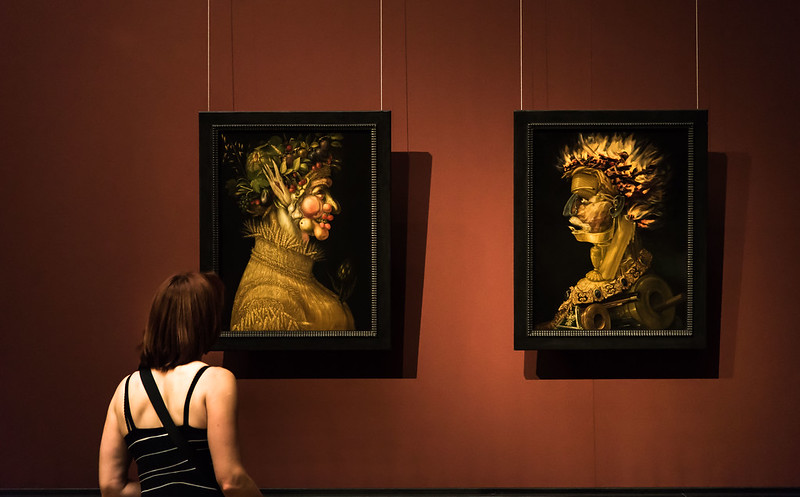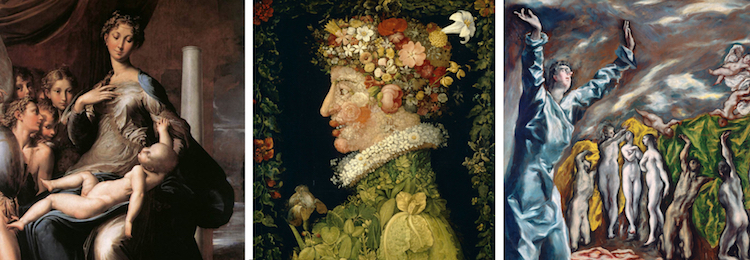
This post may contain affiliate links. If you make a purchase, My Modern Met may earn an affiliate commission. Please read our disclosure for more info.
During the Renaissance, Italian artists found inspiration in the ideal forms and harmonious compositions of classical antiquity. While this reinterpretation of ancient models is famously evident in the works of High Renaissance artists like Michelangelo and Leonardo da Vinci, it also manifested as Mannerism, a style that emerged toward the end of the movement.
Mannerist artists took the principles established during the Renaissance to new extremes, culminating in an aesthetic that put a stylized twist on classicism. Here, we take a look at this lesser-known style, exploring its history and presenting the characteristics that define it.
What is Mannerism?
Mannerism is a style that emerged in 1530 and lasted until the end of the century. It is named after maniera, an Italian term for “style” or “manner,” and refers to a stylized, exaggerated approach to painting and sculpture.
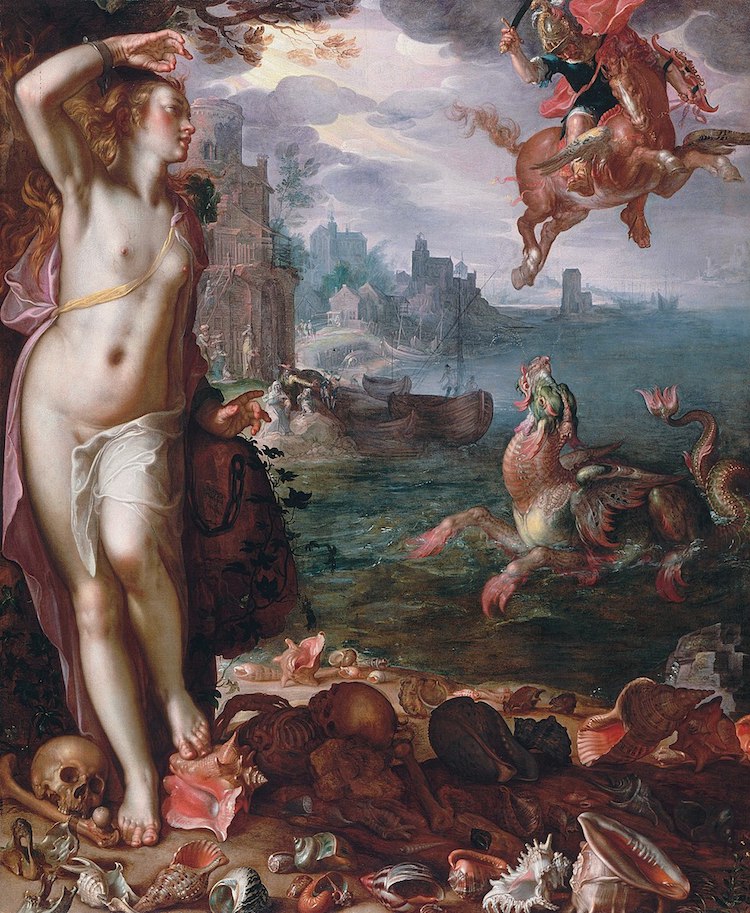
Joachim Wtewael, “Persus and Andromeda,” 1611 (Photo via Wikimedia Commons Public Domain)
Also known as the Late Renaissance, Mannerism is regarded as a bridge between the High Renaissance and the Baroque period, which adopted the subset's ornate aesthetic and adapted it as extravagance.
History
In the late 15th century, artists in Florence began to forego the ethereal iconography of the Dark Ages in favor of classicism. This aesthetic approach lasted until the 17th century and culminated in three subsets: the Early Renaissance, the High Renaissance, and the Late Renaissance.
During the Early Renaissance, artists began looking to antiquity for inspiration. This newfound interest would then inform the High Renaissance, a genre characterized by naturalistic figures and a mathematically precise use of perspective. The High Renaissance lasted from 1490 until the 1530s, when the Late Renaissance, or Mannerism, emerged.
While Mannerist artists were interested in the perfectionism portrayed by High Renaissance artists, they did not seek to replicate it. Instead, they exaggerated Renaissance principles, resulting in work that favors self-expressionism over the pursuit of idealism. “Rather than adopting the harmonious ideals associated with Raphael and Michelangelo,” the Tate explains, “[Mannerists] went a step further to create highly artificial compositions which showed off their techniques and skills in manipulating compositional elements to create a sense of sophisticated elegance.”
Characteristics
Exaggerated Figures
A primary way that Mannerist artists took High Renaissance techniques “a step further” is through exaggeration. Pioneered by Parmigianino, an Italian artist, Mannerists rejected realistic proportions and instead rendered figures with impossibly elongated limbs and oddly positioned bodies. These stretched and twisted forms were likely employed to suggest movement and heighten drama.
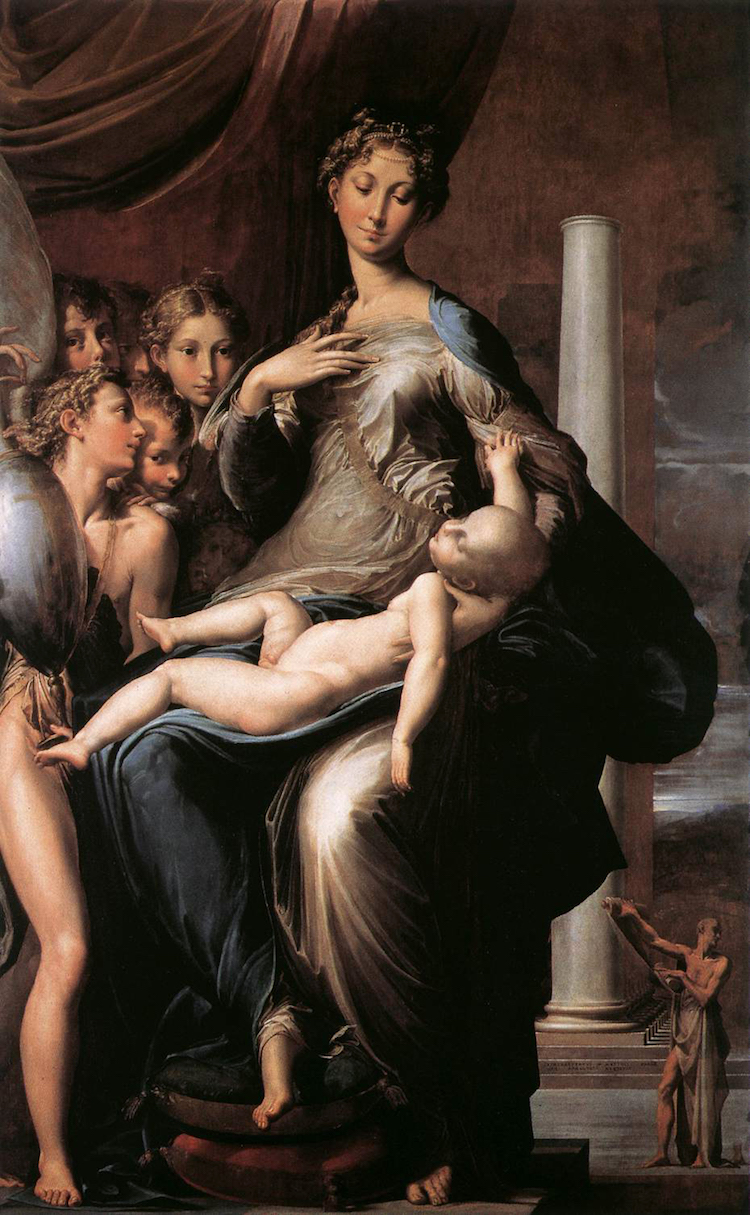
Parmigianino, “Madonna with Long Neck,” 1534-1540 (Photo: Web Gallery of Art via Wikimedia Commons Public Domain)
According to Giorgio Vasari, a prominent Italian painter, architect, historian, and writer, Parmigianino inadvertently adopted this unusual aesthetic while painting his own likeness. “In order to investigate the subtleties of art,” Vasari says of Parmigianino in his famous art history book, The Lives of the Artists, “he set himself one day to make his own portrait, looking at himself in a convex barber's mirror. And in doing this, perceiving the bizarre effects produced by the roundness of the mirror, which twists the beams of a ceiling into strange curves, and makes the doors and other parts of buildings recede in an extraordinary manner, the idea came to him to amuse himself by counterfeiting everything.”
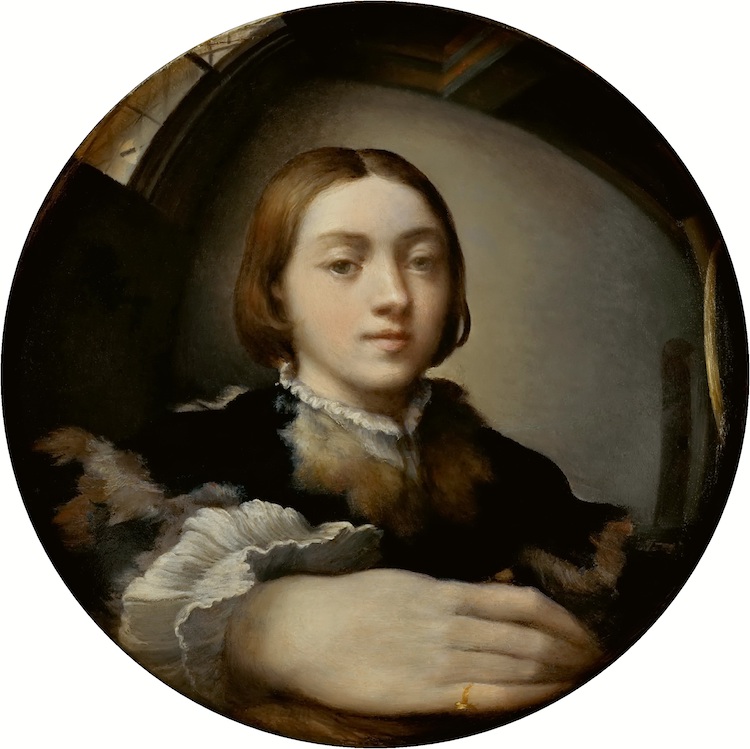
Parmigianino, “Self-Portrait in a Convex Mirror,” ca. 1523-1524 (Photo: Gallerix via Wikimedia Commons Public Domain)
Elaborate Decoration
Lavish adornment is another way Mannerists pushed Renaissance sensibilities to their limits. While High Renaissance figures did not typically incorporate patterns into their work, Early Renaissance artists like Sandro Botticelli did. Inspired by millefleur (from the French mille-fleurs, or “thousand flowers”) tapestries of the Middle Ages, Botticelli incorporated floral designs into his large-scale mythological paintings like Primavera.
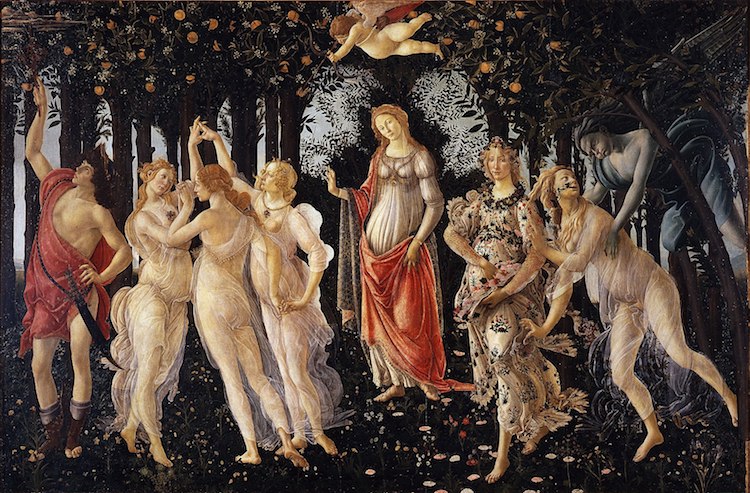
Botticelli, “Primavera,” ca. c. 1477–1482 (Photo: Google Arts & Culture via Wikimedia Commons Public Domain)
Mannerist artists, in turn, revisited this interest in elaborate ornamentation, covering both canvases and sculptures in an overwhelming abundance of decorative elements. One artist who took this concept to astonishing new levels is Giuseppe Arcimboldo, a painter who crafted peculiar portraits of people made out of vegetation, animals, and found objects.
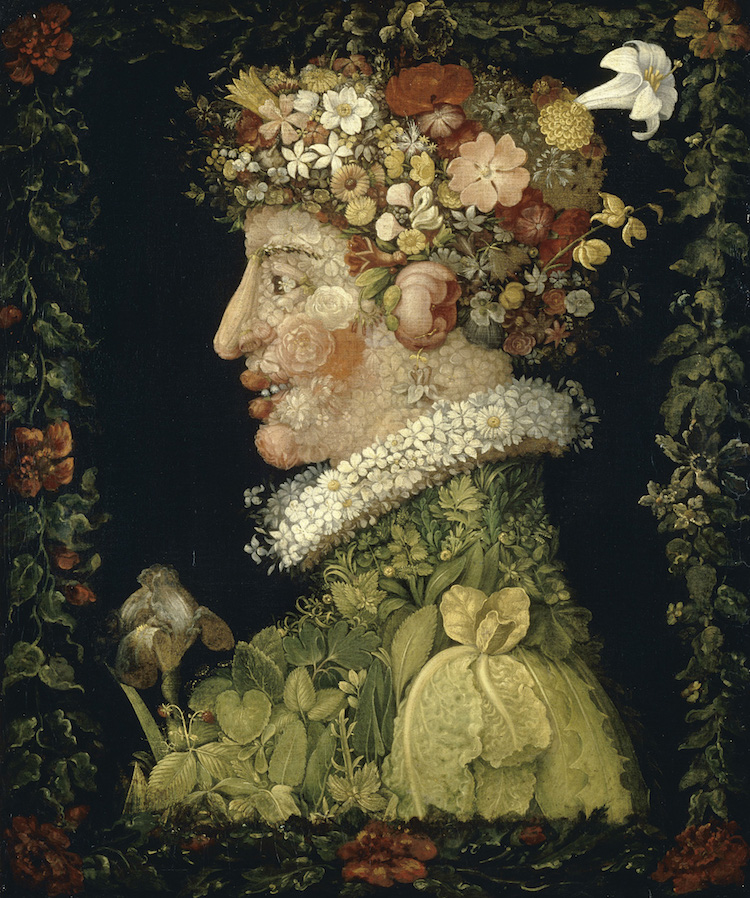
Giuseppe Arcimboldo, “Spring,” 1573 (Photo via Wikimedia Commons Public Domain)
Artificial Color
Finally, Mannerists abandoned the naturalistic colors used by High Renaissance painters and instead employed artificial—and often garish—tones. These unrealistic hues are particularly apparent in the work of Jacopo da Pontormo, an Italian artist whose saturated palette took the rich colors of the Renaissance to new heights.
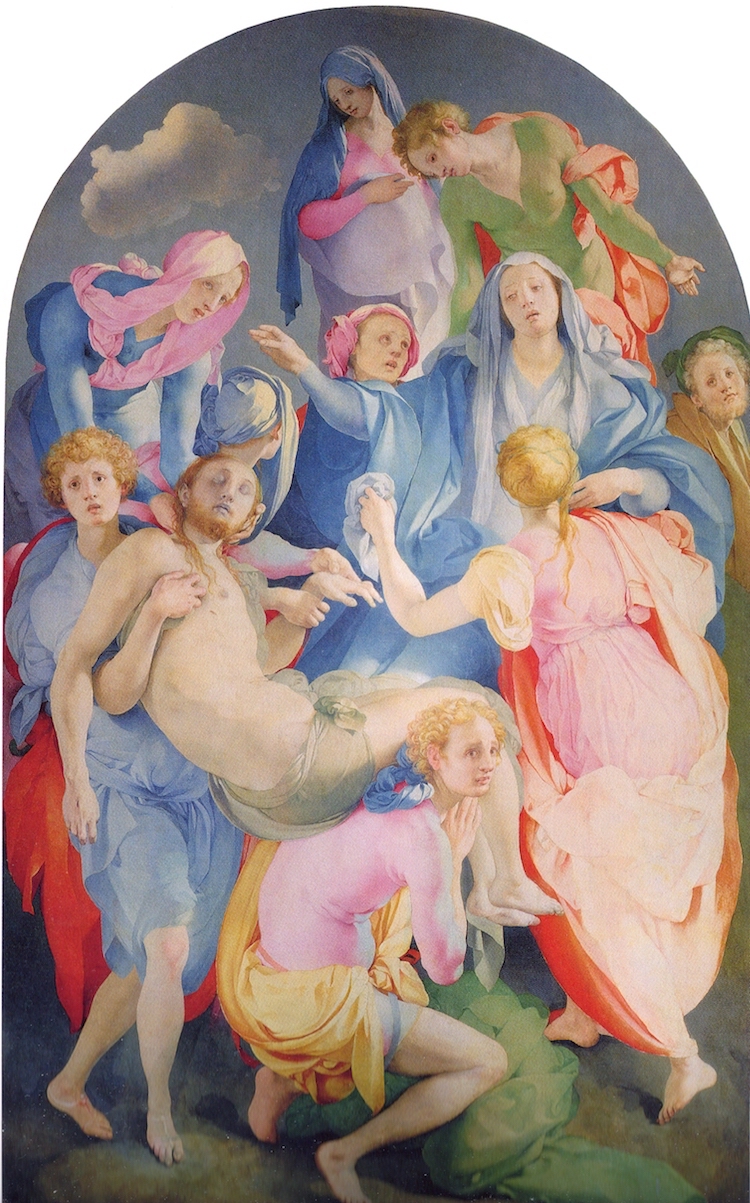
Pontormo, “The Deposition,' 1526-1528 (Photo via Wikimedia Commons Public Domain)
This approach to color is also famously associated with El Greco, a Spanish painter who adopted the Mannerist style when he moved to Rome. Like other Mannerists, El Greco looked to earlier artists without attempting to reproduce their work. “You must study the Masters,” he said, “but guard the original style that beats within your soul and put to sword those who would try to steal it.”
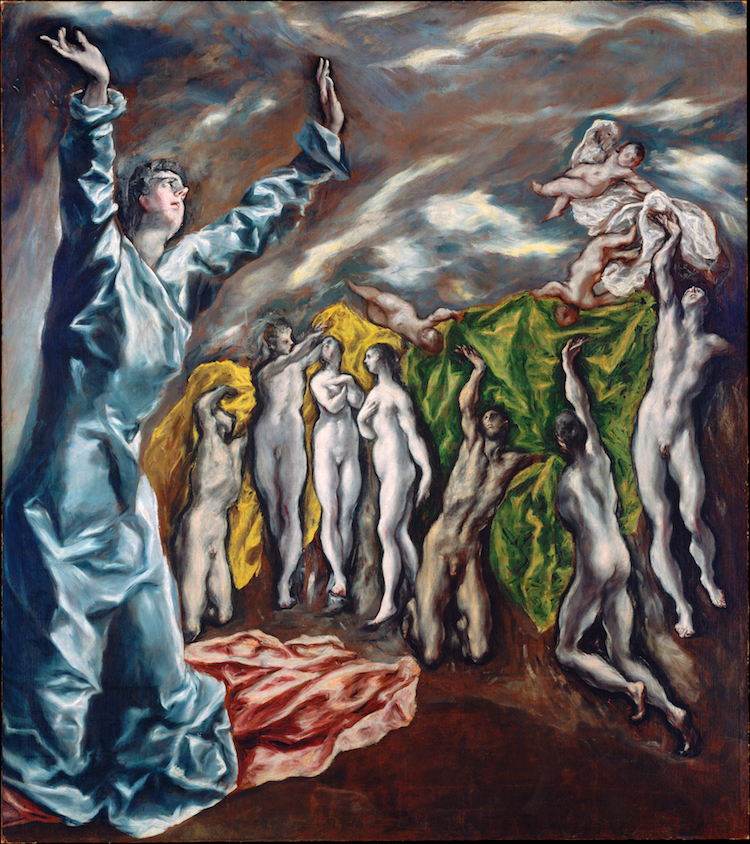
El Greco, “The Vision of Saint John, or The Opening of the Fifth Seal,” ca. 1609-1614 (Photo: The Metropolitan Museum of Art via Wikimedia Commons Public Domain)
Legacy
Though a subset of the Renaissance—arguably art history's most impactful art movement—Mannerism is not held in the same esteem as the Golden Age's earlier work. Nevertheless, its distinctive aesthetic continues to enchant those who are aware of it, making it one of art history's most fascinating hidden gems.
Related Articles:
Exploring the Major Contributions of the Lesser-Known ‘Northern Renaissance’
How Artists Have Kept Still Life Painting Alive Over Thousands of Years
The History of Cupid in Art: How the God of Love Has Inspired Artists for Centuries
How Museums Evolved Over Time From Private Collections to Modern Institutions
